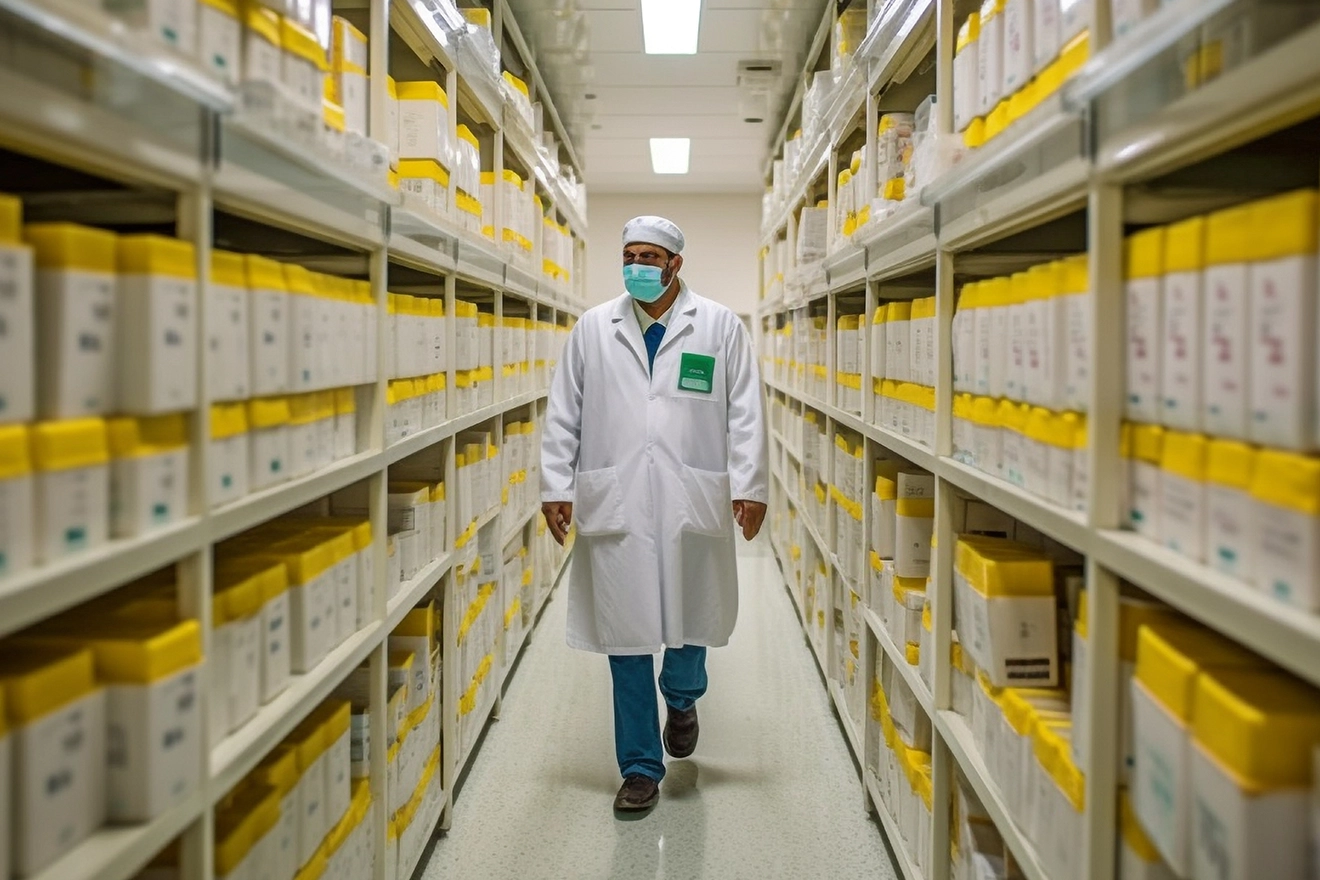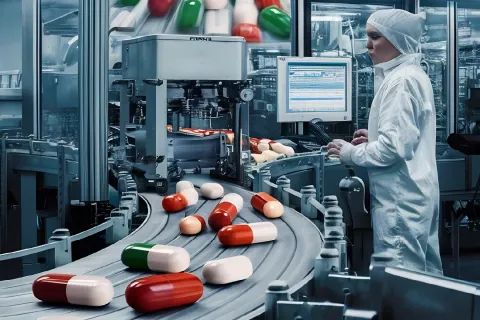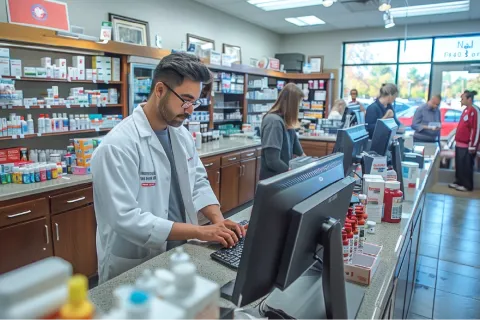
The pharmaceutical industry is a complex and highly regulated field where patient safety and product integrity are paramount. The packaging of pharmaceutical products is a critical element of this industry, as it ensures that medications remain effective and safe from the moment, they leave the manufacturer until they reach the patient's hands. To achieve this, pharmaceutical companies must master the art of risk management in pharmaceutical packaging. In this blog, we will delve into the intricacies of this art and explore how it plays a pivotal role in ensuring the safety and efficacy of medications.
Optimize Your Packaging Risk Strategy
Master Packaging Risks. Contact Us!
Risk Management in Pharmaceutical Packaging
Risk management is a crucial aspect of pharmaceutical packaging, and a good understanding of quality risk management principles helps CMC Regulatory professionals to author a high-quality dossier and prepare responses to health agencies’ queries. Risks are uncertain, which can be known and unknown. Health authorities follow a 'Risk-based review approach' for approval of drugs. Health authority evaluates the risks against the benefits. If the benefit of a medical product outweighs the risk associated with the product, then there are good chances to get approval. If pharmaceutical companies don't assess the risk associated with the product and process sufficiently, it can contribute to potential threats, such as patient danger, product recalls, and legal actions. Hence, it is very important that the pharmaceutical industry throughout the life cycle of the product evaluates and continues to monitor the risk.
What are the different types of risks in pharmaceutical packaging?
There are several different types of risks associated with pharmaceutical packaging, including:

How can pharmaceutical companies manage risk in their packaging operations?
Pharmaceutical companies can manage risk in packaging operations by implementing a risk management program. Risk management in pharmaceutical packaging is about identifying, assessing, and mitigating potential risks at every step of the packaging process. Here's how it works:

- Identifying Risks: Pharmaceutical companies, along with packaging experts and consultants, must identify potential risks associated with materials, processes, and the supply chain. These risks can range from material incompatibility and contamination to issues with labeling and packaging design.
- Risk Assessment: Once risks are identified, they are assessed in terms of their potential impact on product quality, patient safety, and Regulatory compliance. This step helps prioritize risks and allocate resources effectively.
- Risk Mitigation: Strategies are developed to mitigate identified risks. This may involve making changes to packaging materials, altering design elements, or improving manufacturing processes. Consultants often play a crucial role in recommending and implementing these changes.
- Quality Control and Testing: Rigorous quality control and testing protocols are established to ensure that packaging materials and finished products meet predetermined quality standards. This includes stability studies to determine a product's shelf life under various conditions.
- Regulatory Compliance: Compliance with global pharmaceutical regulations is non-negotiable. Pharmaceutical companies must adhere to standards like the FDA's Current Good Manufacturing Practices (cGMP) or the European Medicines Agency (EMA) guidelines. Packaging consultants guide companies in aligning their practices with these standards.
- Continual Improvement: The process of risk management in pharmaceutical packaging is ongoing. Companies should learn from past experiences and continually improve their packaging strategies to address new challenges and risks as they arise.
The art of risk management in pharmaceutical packaging is a complex and dynamic process that requires a deep understanding of pharmaceutical science, Regulatory compliance, and the ability to adapt to an ever-evolving industry. By mastering this art, pharmaceutical companies ensure that their products reach patients as safely and effectively as possible. In doing so, they uphold the industry's commitment to patient safety, product integrity, and the highest standards of quality. In the pharmaceutical world, where human lives are at stake, the art of risk management in packaging is a crucial piece of the puzzle, ensuring that medications fulfil their promise of healing and improving lives. Joining hands with an expert with years of experience in managing such types of risks for pharma companies will be the most sensible way to go forward. Freyr has years of experience in collaborating with pharma giants and assisting them in the best possible way. Know more about our competencies and contact us for compliance best practices.









